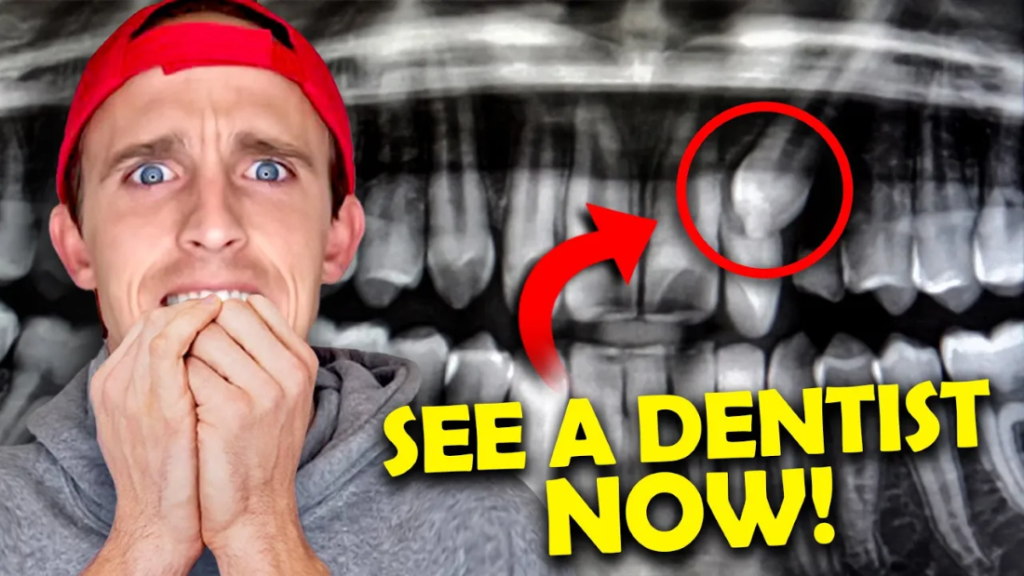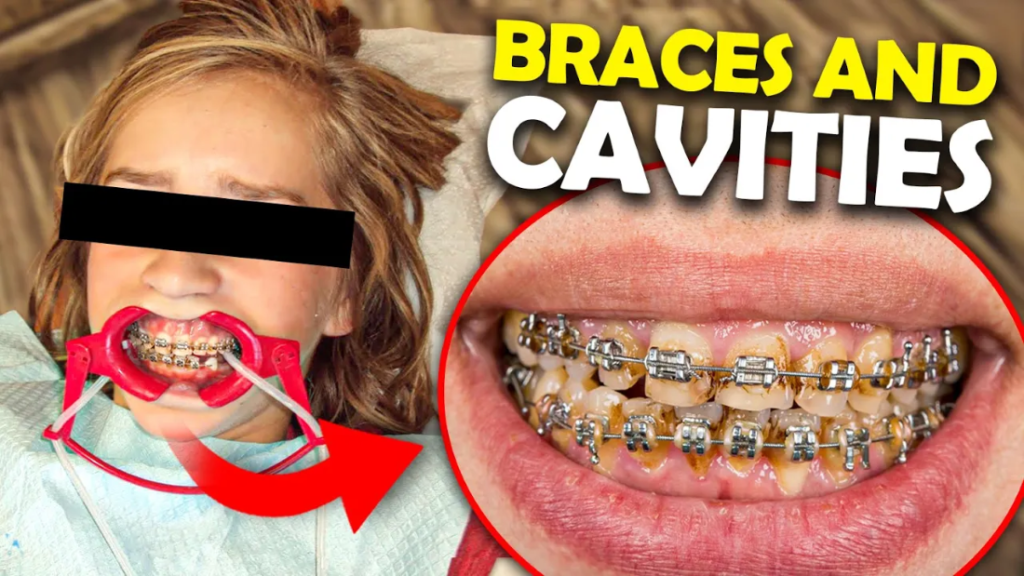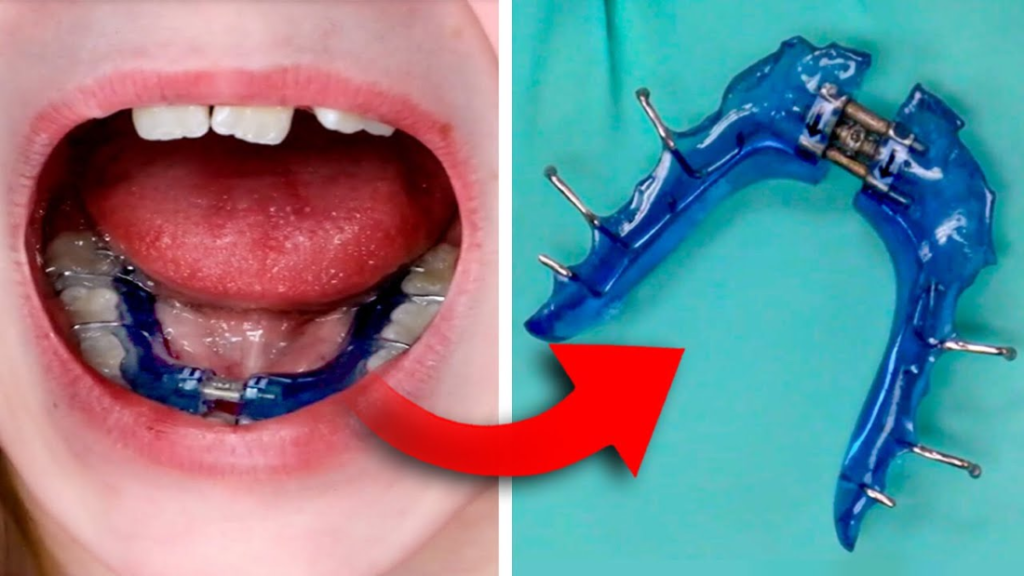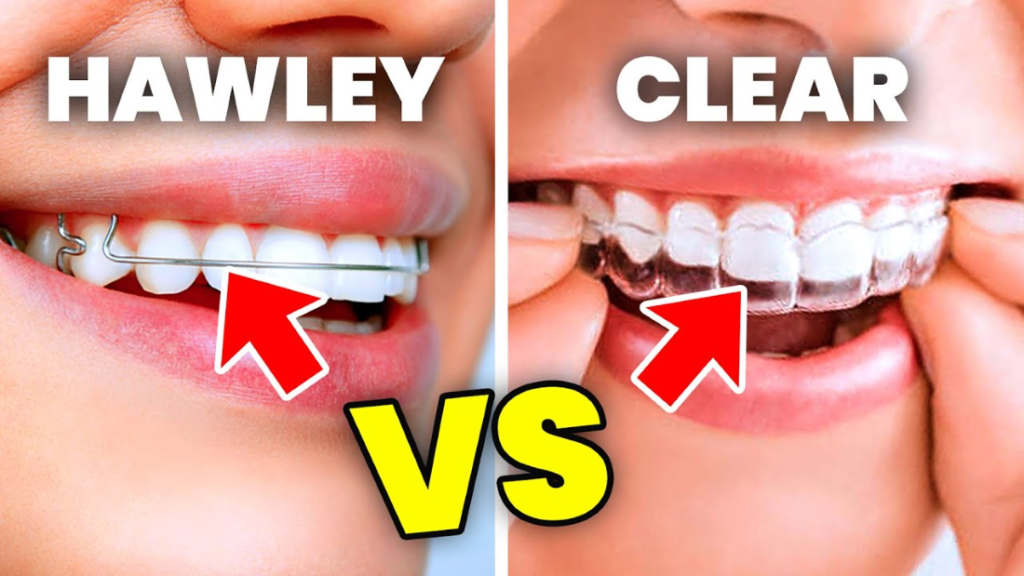The Hidden Danger of Impacted Canines and Root Resorption
March 27th, 2024

When it comes to oral health, some issues are less visible and widely discussed than others. One such concern that often flies under the radar, yet can have significant implications for your dental well-being, is the problem of impacted canines and the risk of root resorption. This post aims to shed light on these topics, emphasizing the importance of awareness and early intervention.
Understanding Impacted Canines
Canines, the sharp, pointed teeth that frame the mouth, play a crucial role in our dental setup. Beyond their functional importance in biting and tearing food, canines are key to the overall alignment of the teeth. However, when these teeth fail to emerge properly and become stuck under the gum line, they are considered "impacted." This not only leads to discomfort but can also cause a domino effect of dental problems if not addressed promptly.
The Hidden Threat: Root Resorption
One serious complication associated with impacted canines is root resorption. This occurs when the root structure of a tooth begins to break down or dissolve, a process often triggered by the pressure from the impacted tooth. Root resorption can lead to significant tooth weakening and, ultimately, loss if not treated in a timely manner.
Recognizing the Signs
Identifying the signs of impacted canines and root resorption early on is crucial for effective treatment. Symptoms may include:
- Pain or discomfort in the affected area
- Visible gaps where the canine should have erupted
- Prolonged retention of baby teeth
- Swelling or tenderness of the gums
Navigating Treatment Options
The approach to treating impacted canines and preventing root resorption involves a combination of early detection and tailored treatment plans. Advanced imaging techniques, such as dental X-rays or CT scans, play a crucial role in diagnosing the extent of the issue. Treatment options might include orthodontic interventions to guide the proper eruption of the canine or, in more complex cases, surgical procedures to remove or reposition the impacted tooth.
Prevention and Proactive Care
Preventative measures are your best defense against impacted canines and root resorption. Maintaining regular dental check-ups allows for early detection and management of potential issues. Good oral hygiene practices, including proper brushing and flossing, are also essential in keeping your teeth and gums healthy.
The Bottom Line
While the issues of impacted canines and root resorption may not be as widely recognized as cavities or gum disease, their impact on oral health can be profound. Understanding the risks, recognizing the signs, and seeking timely dental consultation can make a significant difference in managing these dental challenges. Remember, proactive care and early intervention are key to maintaining a healthy, happy smile. Book your consultation with Dr. Packard here!







